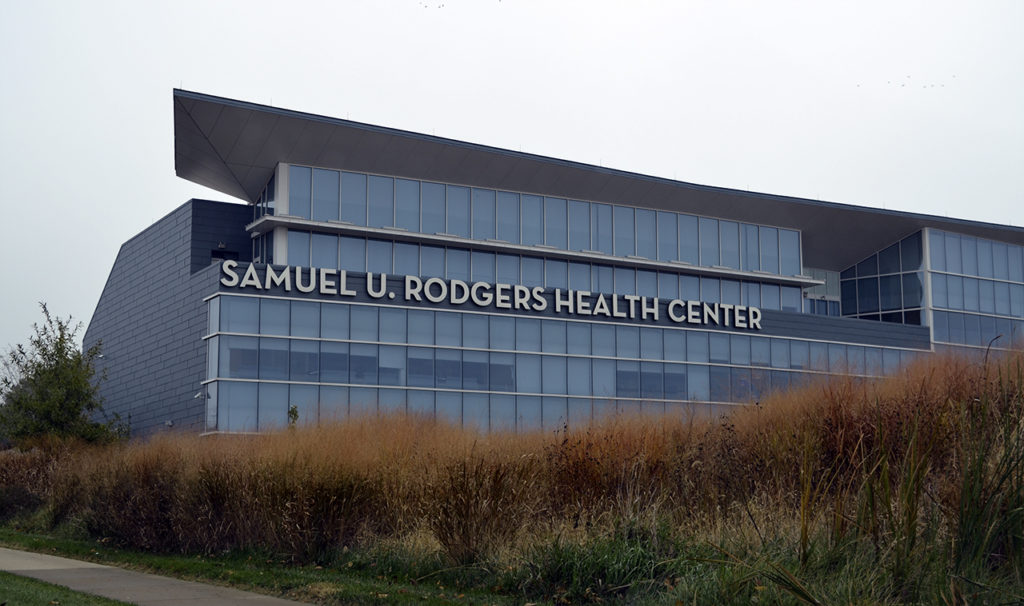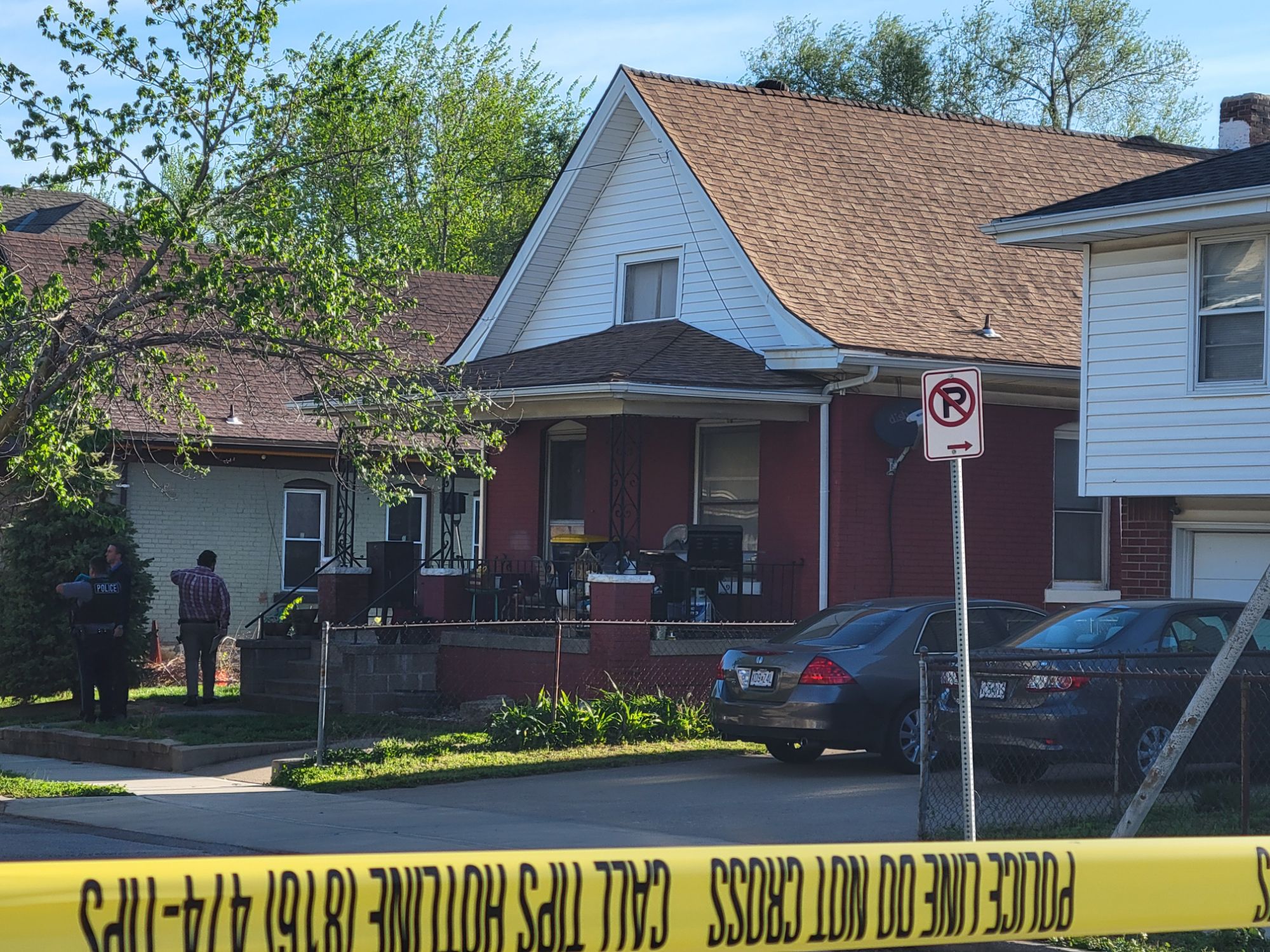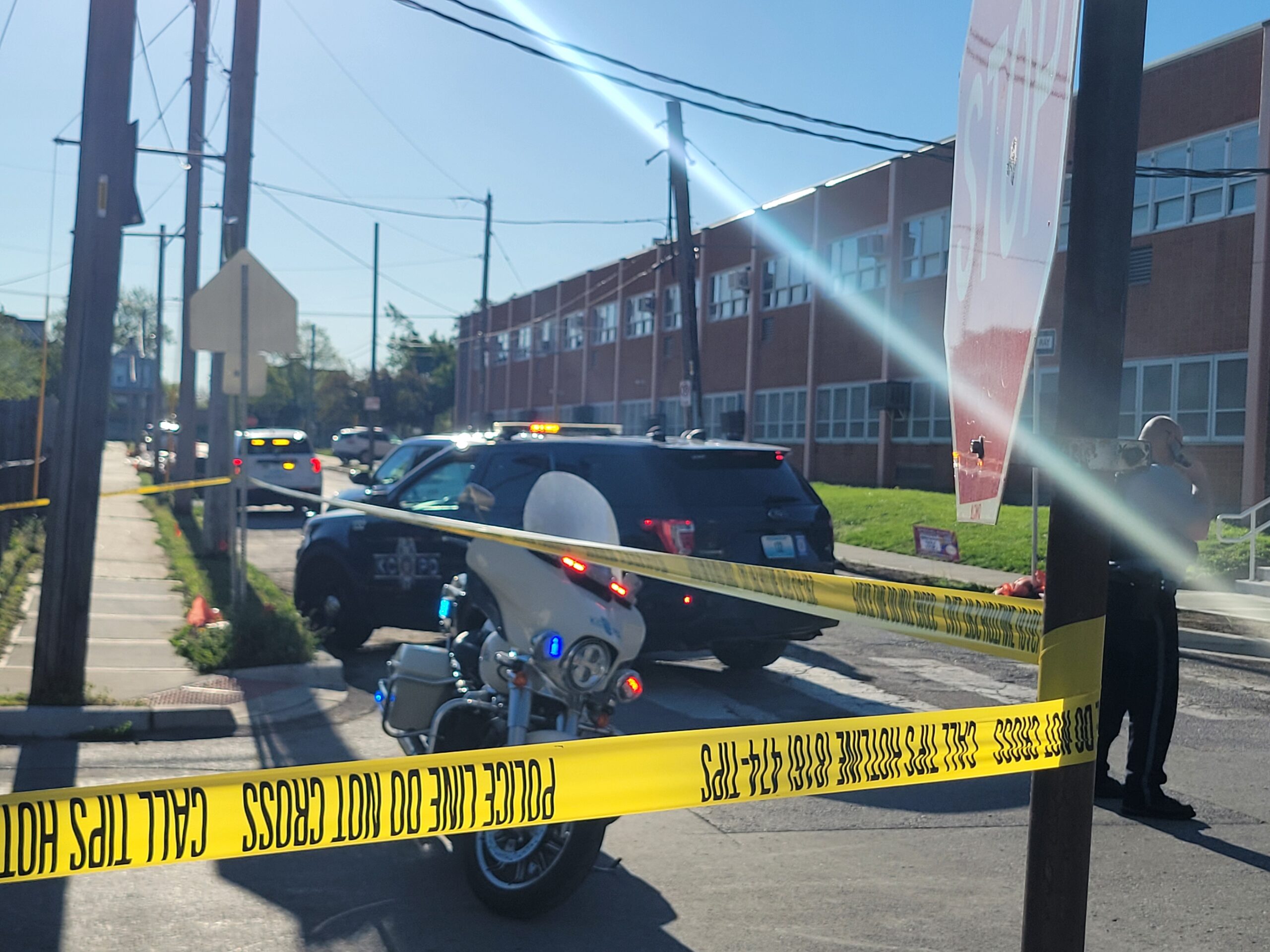On the morning of March 21, the Samuel U. Rodgers Health Center was facing a $500,000 cut in Kansas City, Missouri’s $1.66 billion 2018-2019 fiscal year budget, and they weren’t happy about it.
The proposed cuts to the hospital’s indigent health care services inspired a full-court press from Samuel U. Rodgers personnel in the days before the budget was passed on Thursday, March 22. Phone calls and emails to council members were combined with outreach to the media, regular appearances at the City’s public budget hearings, and a final plea before the KCMO Council’s Finance and Governance committee on the morning of Wednesday, March 21.
Several Samuel U. Rodgers staff members joined acting CEO Bob Theis that morning to implore for a reduction to the $500,000 cut in the hospital’s roughly $1.4 million annual reimbursement for health care services provided to uninsured Kansas City residents.
Initially, the plea appeared unsuccessful. Following the meeting, a group of Samuel U. Rodgers employees circled up in the hall outside the 10th floor City Hall committee room to lament the state of affairs. Maybe, one staffer opined, City Council members should come spend a day at the Samuel U. Rodgers front desk before making these budget decisions.
During his public comments, Theis had touted the success Samuel U. Rodgers has seen in registering patients for insurance.
“Since 2007, we’ve reduced our uninsured rate from 58% down to 35%,” Theis said.
Theis added that several investments have been made to help reduce the price point for uninsured care. For instance, he estimated an investment of $350,000 for staff to help sign patients up for insurance.
“As we’ve had more money coming into the system, we’ve reinvested that to case management,” Theis said. “Because it’s proven that if you have case management of patient populations with chronic diseases, you can keep them out of the emergency room. By keeping them out of the emergency room, you’re reducing costs on the whole health system.”
To the City, the $500,000 cut reflects concern about the center’s high reimbursement costs per patient. Finance and Governance committee chair Scott Wagner summarized the concerns of the Health Commission – the body that recommended cuts – after Theis made his case.
“The central questions never get answered…which is, ‘Why is Samuel Rodgers the highest reimburser of anybody among our other clinics and others that get funding?’” Wagner said. “Not just by a little, but by a lot.”
Wagner went on to deliver his rationale for opposing Theis’ plea for more funding in the 2018-2019 budget.
“I’m going to tell you what I’m thinking, and I’m going to tell you why I’m not recommending what you’re suggesting,” Wagner said, before listing three reasons for his position.
To start, Wagner suggested that a back and forth has been going on for years between the Health Commission and Samuel U. Rodgers. The key issue, Wagner said, is a lack of statistical rationale for the clinic’s high reimbursement-rate-per-patient.
“That question has never been answered,” Wagner said. “This is not an entitlement; this is not a grant. This is a payment for service.”
Wagner’s second issue relates to the success of Samuel U. Rodgers in reducing its rate of uninsured patients. Wagner’s assertion is that, by reducing the amount of uninsured patients, Samuel U. Rodgers has opened up additional sources of revenue through insurance providers. He posited that the money from insurers should offset the cuts from the City’s health levy.
“You have been very successful in moving people from uninsured to insured, which means that you get paid for that service,” Wagner said. “Yes, there’s less money coming through the health levy, but there’s a corresponding amount of revenue that comes back to the organization for those who have been paid by an alternative source.”
Finally, Wagner suggested that there are fewer patients being seen by Samuel U. Rodgers than in years past, which he said should mean fewer dollars being expended by the health levy.
“At some point, we’ve got to say, ‘Either the health commission has done its due diligence,’ and we should support that; or we should just tell them, ‘Don’t bother, because we’re just going to overrule you anyway,’ Wagner added. “I prefer to think they’re doing a good job.”
Following the Finance and Governance committee meeting, Theis responded to Wagner’s monologue. Theis suggested that in 2016, the City paid Samuel U. Rodgers $1.7 million to offset costs related to uninsured patients. That was cut by $100,000 in 2016 and $180,000 in 2017; the proposed $500,000 in 2018 would represent nearly a 50% cut over a three-year span.
“In 2016 we had $7 million in uninsured care, but today its $5.2 million,” Theis said. “We still have a huge gap with uninsured care, except now we just have fewer City dollars to help fund that.”
By March 22, however, forces on the City Council had worked to offer Samuel U. Rodgers an olive branch: the chance to slice the budget cut by $250,000, provided the center could satisfy the Health Commission’s questions by providing a detailed explanation of the costs that have caused its reimbursements to spike relative to other providers of indigent health care services.
An amendment was presented for $250,000 to be set aside for the health commission that could be turned over to Samuel U. Rodgers if satisfied with information presented during ongoing negotiations regarding the high reimbursement costs.
Along with the additional funds for Samuel U. Rodgers, the Council also earmarked another $150,000 for indigent care that can be dispersed between other health care providers.
The uninsured health care funds joined a significant boost for law enforcement among the late add-ons. The Council included seven more KCPD dispatchers and nine more patrol officers to its initial Public Safety increase, which now adds 39 new police department positions. Some $400,000 dollars in annual costs will be set aside for the additional 16 positions.
Other substantive changes included a $1 million signal upgrade from Paseo to Chestnut along Independence Avenue, a $110,000 increase for Parks and Recreation mowing, and $30,000 for a paint program that had been on the chopping block.
The opportunity to slice the Samuel U. Rodgers budget cut in half was a welcome addition for Theis.
“I was ecstatic. A step-down approach is what I was asking for the whole time,” Theis said. “This will allow us to adjust and absorb the cut in smaller pieces. We’ll be able to make changes and be able to provide a full range of services.”
The time is now, Theis said, for Samuel U. Rodgers to prove that it deserves full funding when next year’s budget deliberations come around.
“Hopefully, we won’t be facing this same situation next year,” Theis said. “We’re going to be able to make changes internally. What that means is that we’re going to work harder to get into some schools, and increase our Medicaid payments a little bit to offset these cuts.”
That hard work will include efforts to provide the health commission with any additional details it may request.
“We want to do all we can to get on the same page with the health commission.” Theis added. “No matter what we do, we’re going to still help people sign up for coverage. I want to figure out ways to have uninsured people come in here for preventative care.”



















